Modi's ‘high-risk’ coup could yield rich dividends in Jammu & Kashmir
Those who have closely watched Modi believe that the prime minister wanted to give a clear signal that his government would be in a pro-active mode to handle long pending issues, writes Arun Anand for South Asia Monitor

The move by the Narendra Modi government to scrap Article 370 and bifurcate the state of Jammu and Kashmir into two union territories – Jammu-Kashmir, with a legislative assembly, and Ladakh, with Hill councils - was not as unexpected as it initially appeared to be. Among the key factors which propelled the government to initiate this move was the outcome of panchayat polls held in Jammu and Kashmir during November-December 2018. Those polls were boycotted by both the People’s Democratic Party and the National Conference. Hurriyat Conference leaders also boycotted those polls. These three outfits were always at the centre of any earlier moves to resolve the challenge of terrorism in Kashmir.
Despite the boycott by these parties, people turned out in large numbers, with the overall voting percentage at an impressive 74%. The boycott by these outfits only had some impact in four districts of South Kashmir – Shopian, Kulgam, Anantnag and Pulwama. This outcome helped the Modi government to move forward and create an affirmative plan for J&K. The failed boycott by these parties was proof of the way that select families heading these outfits had become redundant in J&K and the time had come to build an alternative leadership. With a large number of politicians contesting panchayati polls and winning them with the support of the local people, it was clear that a new group of political leaders, who have faith in the Constitution of India and want Kashmir to be completely integrated with India, is ready to replace the corrupt and discredited political class in the state.
It appears that this gave the government the courage to go ahead with scrapping Article 370 and reorganizing J&K. There was no perceptible threat of a political vacuum, as hundreds of panchayat heads, who won electorally after fighting democratic polls, were there.
An important thing the government has done is to strengthen the position of this new line of grassroot political leadership by providing them ample funds and giving them authority, with accountability, to initiate long-stalled development works in the state. The Modi government also realised that providing special packages to Kashmir would not resolve but actually perpetuate the problem in Kashmir, for two reasons. One, it leads to rampant corruption and two, the funds never reach down to the level where they are required.
The thinking in the government was quite clear by the time it won a second term that, unless the nexus of bureaucrats, politicians and fear-mongers was removed, it was in the interest of this nexus to keep Kashmir on the boil.
A section of observers also feel that this move would have taken place by the end of this year, after assembly polls in four states were over, but for the fact that, with the impending US pulling out of Afghanistan, India wanted to take complete control of Kashmir, as the Taliban’s onslaught was being seen as a real potential threat.
However, those who have closely watched Modi believe that the prime minister wanted to give a clear signal that his government would be in a pro-active mode to handle long pending issues. The Modi-Shah duo are known to always prefer a ‘high risk-high gain’ model rather than a ‘low risk, low or no gain’ model.
There are some interesting political outcomes of this decision. One, Home Minister Amit Shah’s stature has increased manifold. Though many have started saying he appears to have achieved a greater stature than Modi, the fact is that Modi himself has propelled him to this level and Shah acknowledges it. His growing popularity would ultimately add to Modi’s stature and appeal.
The second political outcome of this move is that any possibility of a common opposition front has been nipped in the bud. A number of parties which fought polls against the BJP have supported the move. In fact, the Congress has been plunged into a major crisis by this move, as young leaders like Jyotiraditya Scindia, Milind Deora and even old guards like Janardan Dwivedi are refusing to toe the party line on this.
The third political outcome is that the self-styled mainstream outfits in Kashmir, which had become pocket boroughs of a handful of families over the past several decades, have been made redundant. It is a crisis of existence for them unless they change their approach drastically. The politics of Jammu-Kashmir can’t be driven on communal lines any more. The delimitation of seats would further ensure that.
The massive domestic support and tacit global support for the Modi government’s move has ensured that, at least for the time being, the popularity of the government is at an all-time high. It was the biggest bloodless political coup pulled off by any leader in the recent history of India. It is expected to go a long way in ending terrorism in Kashmir.
(The writer is author of two books on RSS and CEO, Indraprastha Vishwa Samvad Kendrar. He can be contacted at epatrakar@gmail.com)




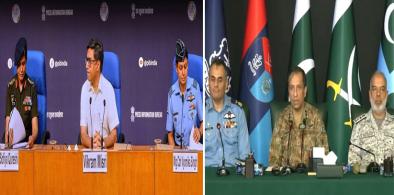
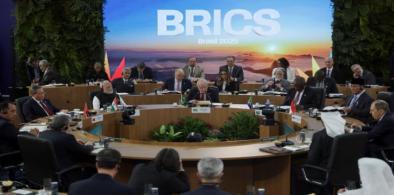
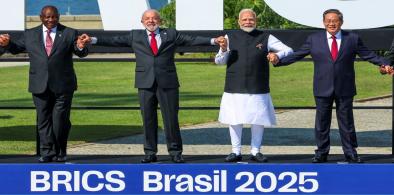
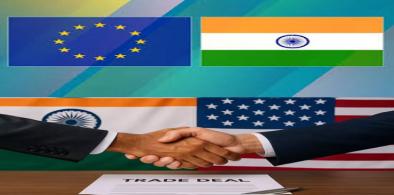
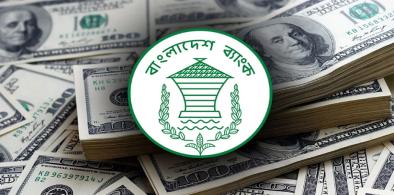
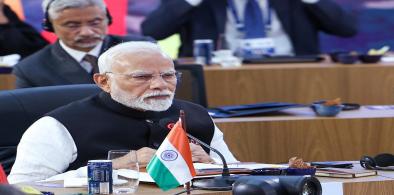
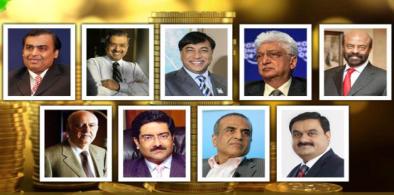
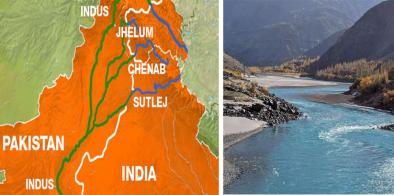








Post a Comment